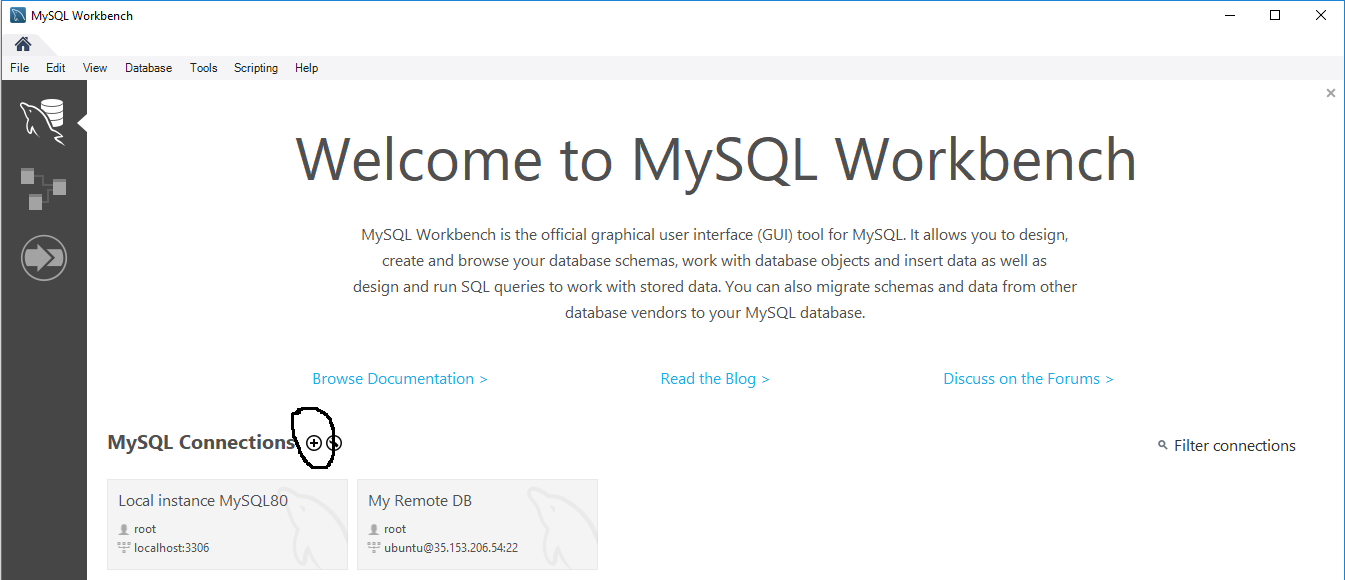

- #UBUNTU SSH PROXY HOW TO#
- #UBUNTU SSH PROXY INSTALL#
- #UBUNTU SSH PROXY MANUAL#
- #UBUNTU SSH PROXY PASSWORD#
#UBUNTU SSH PROXY MANUAL#
For information about the configuration directives used in this file, you may view the appropriate manual page with the following command, issued at a terminal prompt: man sshd_config You may configure the default behavior of the OpenSSH server application, sshd, by editing the file /etc/ssh/sshd_config.
#UBUNTU SSH PROXY INSTALL#
To install the OpenSSH server application, and related support files, use this command at a terminal prompt: sudo apt install openssh-server To install the OpenSSH client applications on your Ubuntu system, use this command at a terminal prompt: sudo apt install openssh-client Installation of the OpenSSH client and server applications is simple. OpenSSH can use many authentication methods, including plain password, public key, and Kerberos tickets. If a remote user connects to an OpenSSH server with scp, the OpenSSH server daemon initiates a secure copy of files between the server and client after authentication. For example, if the remote computer is connecting with the ssh client application, the OpenSSH server sets up a remote control session after authentication. When a connection request occurs, sshd sets up the correct connection depending on the type of client tool connecting. The OpenSSH server component, sshd, listens continuously for client connections from any of the client tools.



OpenSSH provides a server daemon and client tools to facilitate secure, encrypted remote control and file transfer operations, effectively replacing the legacy tools.
#UBUNTU SSH PROXY PASSWORD#
Traditional tools used to accomplish these functions, such as telnet or rcp, are insecure and transmit the user’s password in cleartext when used. OpenSSH is a freely available version of the Secure Shell (SSH) protocol family of tools for remotely controlling, or transferring files between, computers.
#UBUNTU SSH PROXY HOW TO#
You will also learn about some of the configuration settings possible with the OpenSSH server application and how to change them on your Ubuntu system. OpenSSH is a powerful collection of tools for the remote control of, and transfer of data between, networked computers. Multi-node configuration with Docker-Composeĭistributed Replicated Block Device (DRBD)


 0 kommentar(er)
0 kommentar(er)
